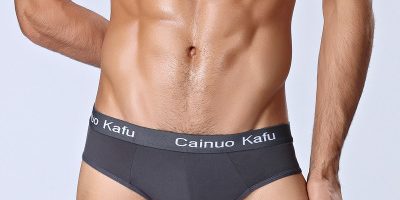Men’s briefs, a fundamental part of modern underwear, have a fascinating history that has evolved over time. In this informative blog, we will take a brief journey through the history of men’s briefs, exploring how they have transformed into the comfortable and stylish garments we know today.
Early 20th Century: The early predecessors of modern men’s briefs were essentially “bikini” style undergarments that offered minimal coverage. However, they gained little popularity in the early 20th century due to societal norms favoring more conservative styles.
1930s: The breakthrough for men’s briefs came in the 1930s when a designer named Arthur Kneibler introduced a new design known as the “Jockey” brief. This design featured an elastic waistband and a Y-shaped fly, providing both comfort and support. The Jockey brief became an instant success and laid the foundation for modern briefs.
1940s-1950s: During World War II, briefs gained further popularity as they were issued to American soldiers. This wartime exposure further solidified their position in the underwear market. Briefs were recognized for their support, comfort, and minimalistic design.
1960s-1970s: The 1960s and 1970s saw a surge in colorful and patterned briefs, catering to a more fashion-forward audience. Celebrities and athletes often sported bold briefs, making them a symbol of confidence and style.
1980s-Present: In recent decades, men’s briefs have continued to evolve. They are now available in a wide range of materials, including cotton, microfiber, and performance fabrics. Briefs have adapted to changing fashion trends, offering various rises and cuts to suit different tastes and body types.
Today, men’s briefs remain a popular choice for those who appreciate their timeless design, support, and comfort. The evolution of men’s briefs has resulted in a diverse range of styles and materials, ensuring that there is a perfect pair for every individual.






